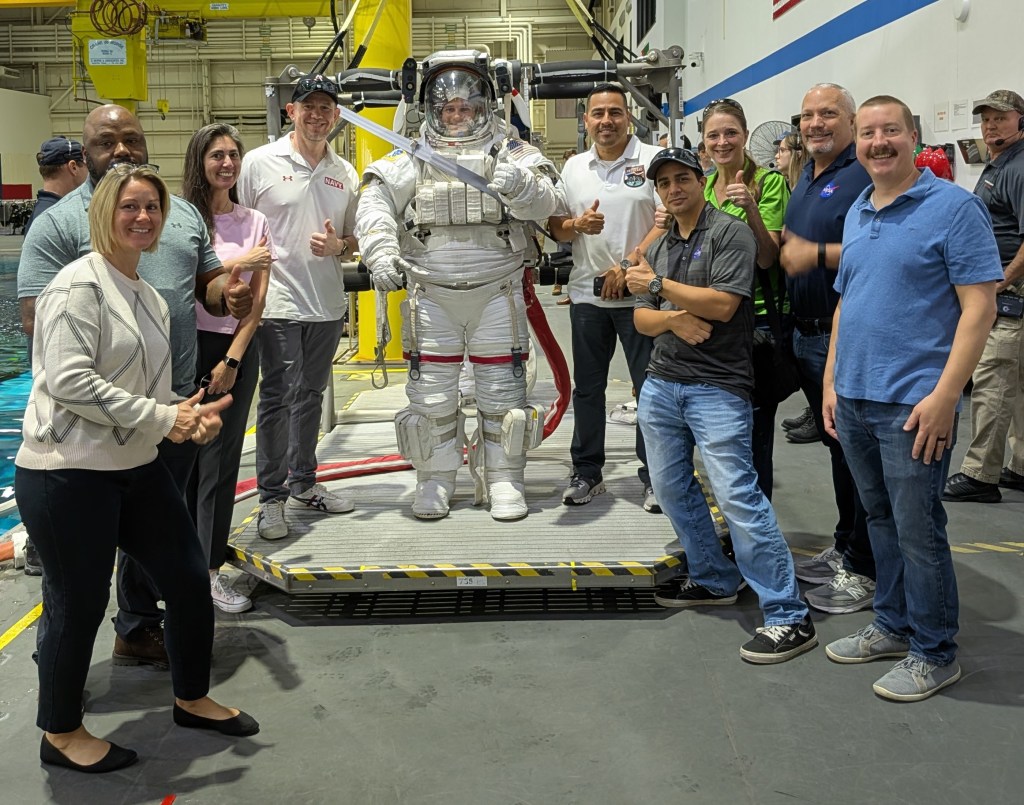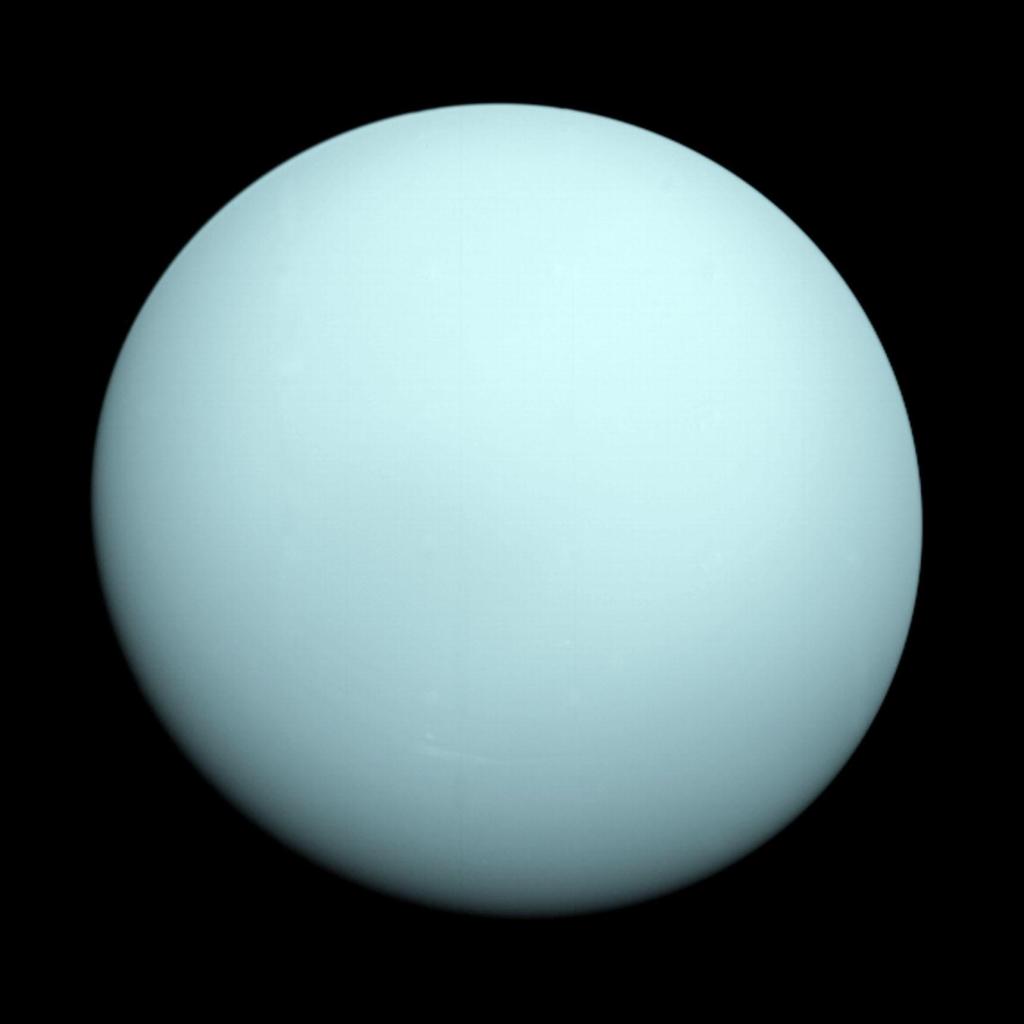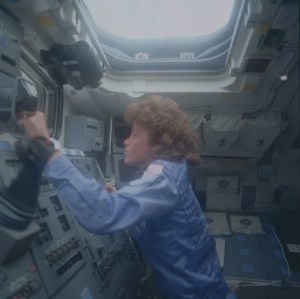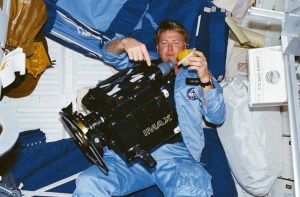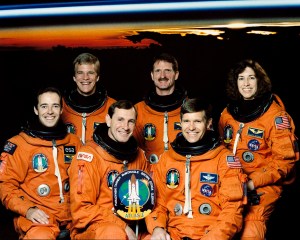A unique opportunity presented itself in 1973 to send a spacecraft to visit both Venus and Mercury in a single mission. Using gravity assist, a technique theorized for decades but never used before, under favorable conditions a spacecraft sent to one planet can use that planet’s gravitational force to essentially slingshot on to its next target. The method saved the cost of additional fuel and a larger rocket that would be necessary to launch the heavier spacecraft as well as time to get to the ultimate destination. In 1969, NASA approved a plan to send a spacecraft to Mercury, using Venus for a gravity assist. The mission, managed by the Jet Propulsion Laboratory (JPL) in Pasadena, California, became Mariner 10. It was the last in the highly successful Mariner series of planetary spacecraft that revealed many secrets about the inner solar system.
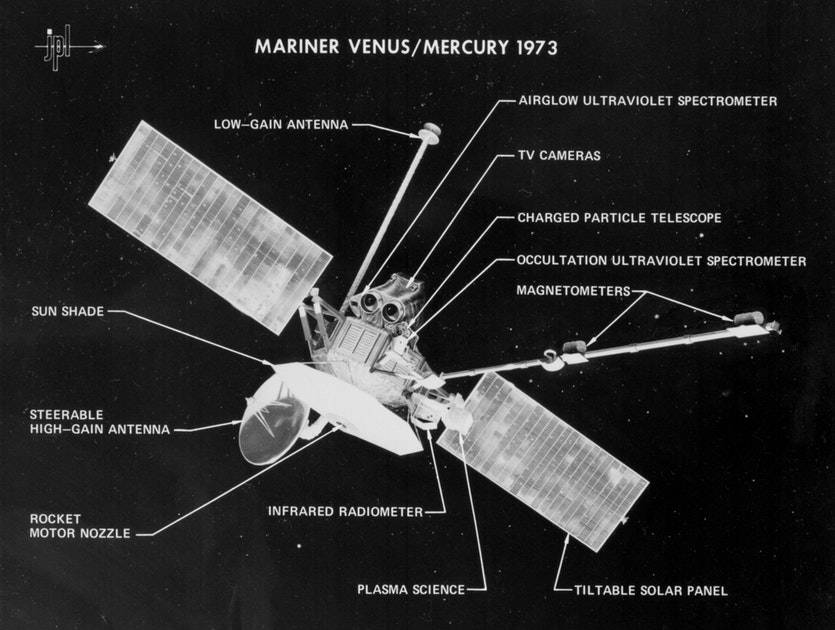
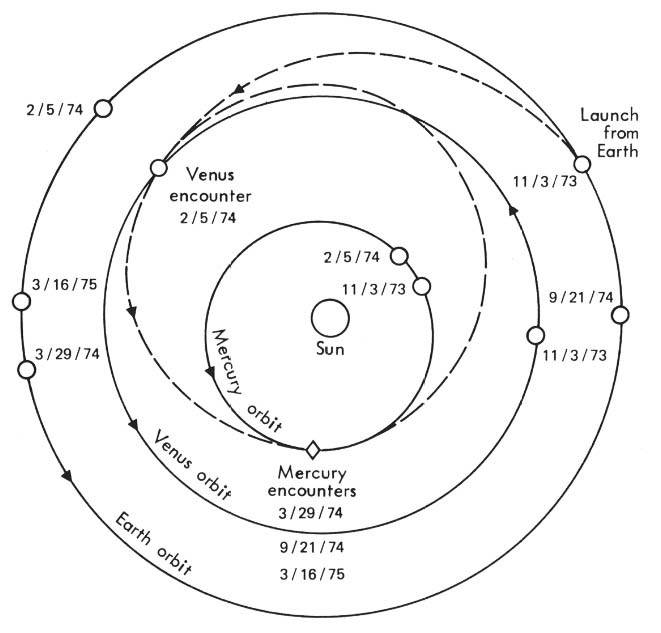
Left: Image of Mariner 10 highlighting its scientific instruments.
Right: Mariner 10’s trajectory through the inner solar system.
Planetary scientists had learned a great deal about Venus from both Earth-based observations and previous American and Soviet spacecraft encounters. In comparison, very little was known about Mercury, the innermost planet in the solar system. No spacecraft had ever visited the planet, and its small size, distance from Earth, and proximity to the Sun made terrestrial observations difficult. A direct flight to Mercury would have required a large and expensive rocket due to the extra fuel needed to reach the planet. The gravity-assist technique provided an opportunity for the first spacecraft-based observations of the little-known world.
Mariner 10’s goals at Venus were to add to existing information, such as closeup photography revealing the structure of the upper atmosphere, while at Mercury it was to conduct a more global survey of the planet. To accomplish these and other goals, Mariner 10 carried out seven scientific experiments—the television photography system consisting of two telescopes to image the planets; an infrared radiometer to calculate the temperature of Venus’ atmosphere and Mercury’s surface; an ultraviolet spectrometer primarily to detect any atmosphere around Mercury; plasma detectors to study the solar wind inside the orbit of Venus for the first time; a charged particle telescope to study cosmic radiation; magnetometers to detect any magnetic field around Venus and Mercury; and a celestial mechanics and radio science experiment to investigate Venus and Mercury’s mass and gravitational characteristics. As the spacecraft passed behind Mercury, its radio signals were used to determine if the planet had an atmosphere and precisely measure its radius. By precisely tracking the spacecraft’s trajectory as it passed Mercury, the planet’s mass and gravitational characteristics could be determined.
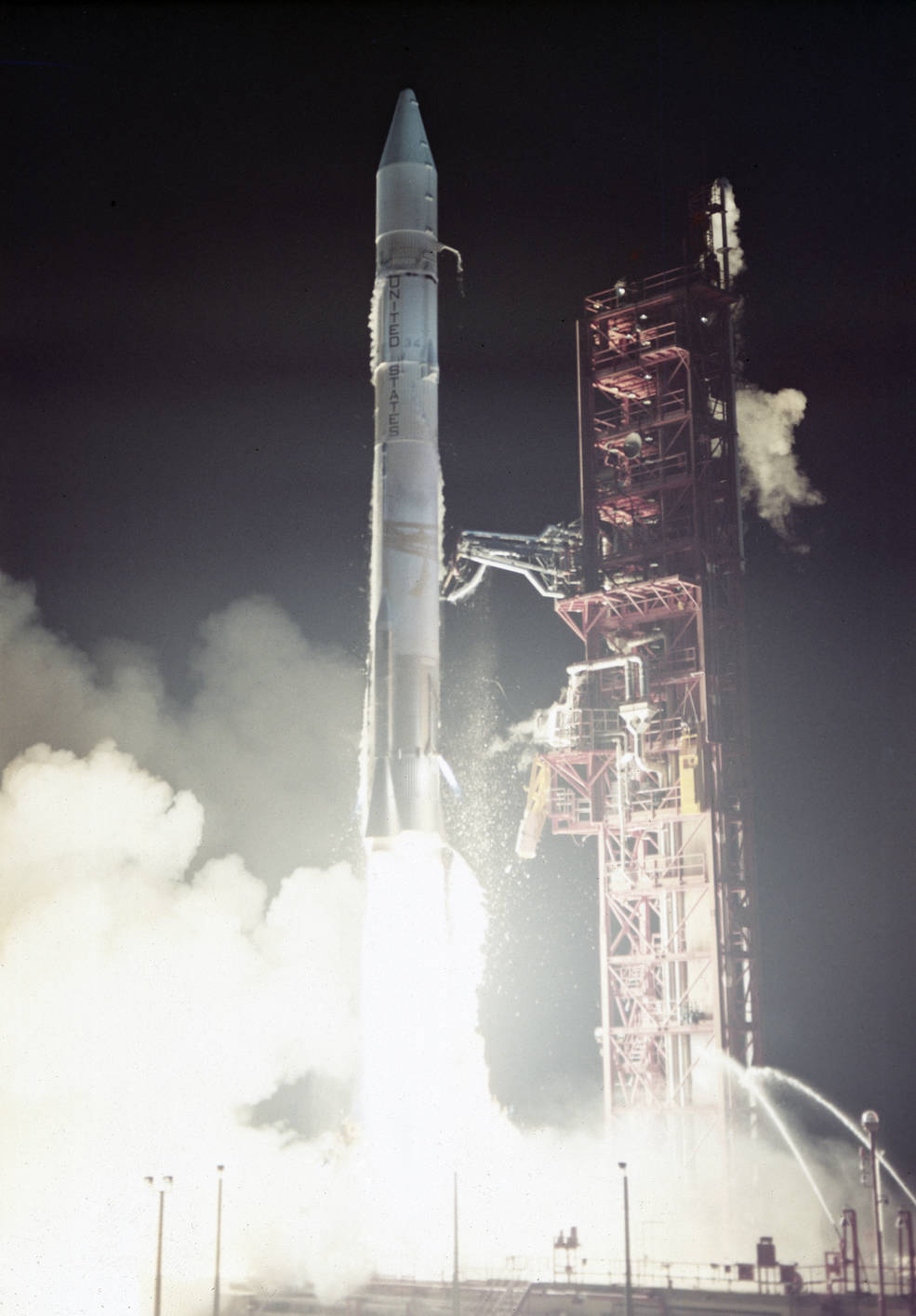
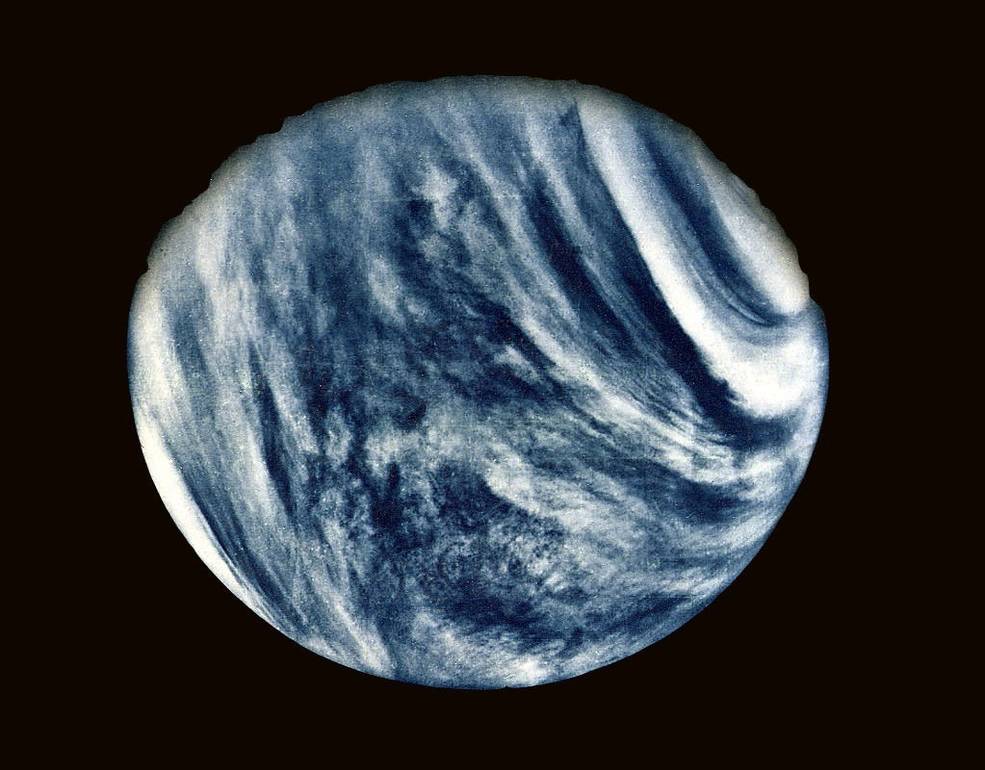
Left: Launch of Mariner 10 from Florida.
Right: Image of Venus taken with an ultraviolet filter by Mariner 10 to show cloud features.
Mariner 10 lifted off from Cape Canaveral, Florida, on Nov. 3, 1973, to begin its journey to Venus and Mercury. The spacecraft passed within 3,584 miles of Venus on Feb. 5, 1974, returning more than 4,000 images and contributing significantly to our understanding of the cloud-shrouded planet during its flyby. But Venus’ most important contribution to the mission was the gravity assist it provided to alter Mariner 10’s trajectory and send it on its way to Mercury. Mission planners chose the trajectory in such a way that the encounter with Mercury would occur when the planet was at its furthest point from the Sun in its elliptical orbit so that Mariner 10 would not have to travel any closer to the Sun than necessary to reduce the risk of overheating. In another bit of trajectory planning, Professor Giuseppe “Bepi” Colombo at the University of Padua in Italy determined that Mariner 10 could be placed in such an orbit that it would re-encounter Mercury every 176 days, exactly twice the time it takes the planet to orbit around the Sun. The only downside to this timing was that Mercury’s rotation period is in a 3:2 resonance with its period of revolution around the Sun, meaning that every time Mariner 10 returned to the planet, Mercury presented the same sunlit hemisphere for observation. Thus only about 40–45% of the planet’s surface was imaged, but at high enough resolution to generate a detailed map.
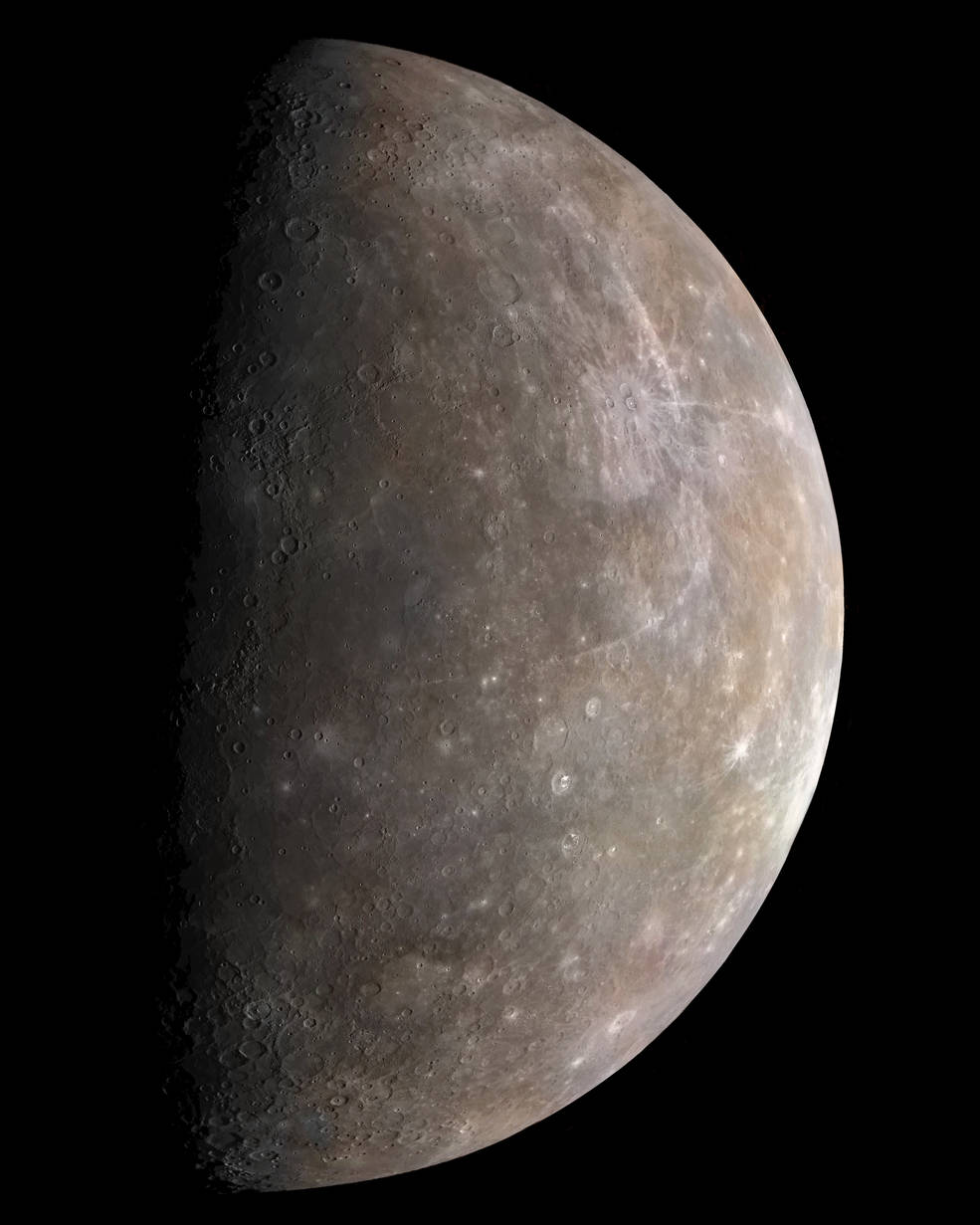
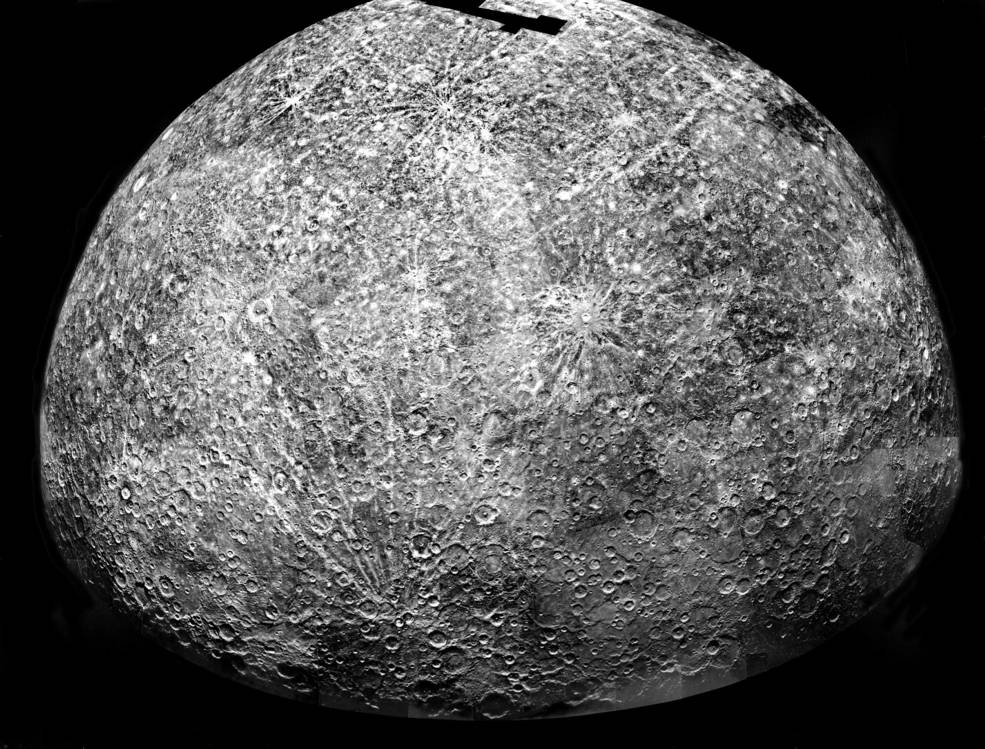
Left: Mariner 10 image of Mercury taken during the first flyby.
Right: Image of Mercury from the second flyby showing the planet’s southern hemisphere, with the South Pole near the bottom of the picture at the terminator.
A mid-course correction on March 16 refined the spacecraft’s trajectory for optimum science measurements during the first Mercury encounter. The first instruments were activated the next day and the first images of the planet were returned one week later. These initial pictures displayed about the same amount of detail as photographs taken from Earth, but as the spacecraft approached the planet, the pictures began to reveal surface features. On March 29, Mariner 10 passed only 438 miles above Mercury’s surface and continued to photograph the planet until April 3, by which time it had returned more than 2,000 images as well as a wealth of data from its other scientific instruments. At first glance, Mercury appeared very Moon-like with a heavily cratered surface, but overall the planet’s surface features showed less contrast than our satellite. Other features such as scarps or cliffs present on Mercury are absent on the Moon and hint at the planet’s formation. Mercury also has mare or flat plain like features like the Moon and Mars, possible clues to similar planetary ancestries in terms of bombardment by asteroids. Somewhat surprisingly, Mariner 10’s magnetometer detected a weak (about 1/60th the strength of Earth’s) magnetic field. Radio tracking of the spacecraft’s trajectory revealed Mercury to be much closer to being a perfect sphere than Earth. The large temperature difference between Mercury’s day and night sides, more than 600°F, indicates that its surface is composed of similar material to the Moon’s, a blanket of dust pulverized by meteoric impacts.
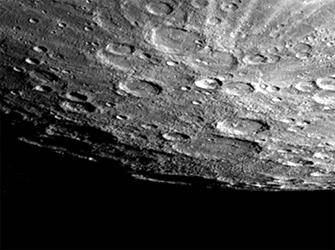
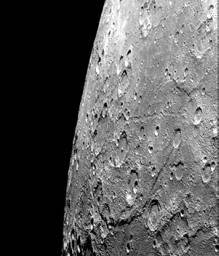

Left: View of Mercury’s South Pole taken during the second flyby – the pole is near the right rim of the large crater (Chau Meng Fu crater) at the bottom of the photo.
Middle: View of Hero Rupes scarp in the southern hemisphere taken during the second flyby.
Right: Closeup view of Hero Rupes scarp in the southern hemisphere taken during the third flyby.
Mariner 10 went on to make two more successful fly-bys of Mercury. Five mid-course corrections were required to properly aim the spacecraft for its second encounter and also enable the third. On Sept. 21, 1974, it passed at a more distant 29,875 miles of Mercury’s sunlit side and this trajectory allowed the planet’s south polar region to be observed. Some 500 new images of the planet were returned during the three-day encounter, and the greater distance of the flyby allowed scientists to create a series of hemisphere-wide mosaics of amazing detail. The spacecraft’s ultraviolet spectrometer confirmed that Mercury has a very thin atmosphere composed mainly of helium.
The third encounter took place on March 16, 1975, but not without some drama in the days leading up to it. Mariner 10, already running low on attitude control fuel, rolled out of communication with Earth. Controllers scrambled to get time on tracking antennas to regain control of the spacecraft and succeeded just in time for the encounter. This time the fly-by distance was only 203 miles above the surface, with the main goals to study the planet’s magnetic field and to take more detailed imagery of sites of interest identified from the first two encounters. About 450 useful narrow strips of photographs were taken, some with a surface resolution down to about 450 feet. Eight days later, Mariner 10 depleted its attitude control fuel and mission controllers sent a signal to turn the spacecraft off. This brought to an end to the flight operations of a highly successful mission that essentially explored two planets for the price of one, and completed four encounters for the price of two. Scientists continued to analyze the data returned by Mariner 10 for many years. The discoveries at Venus and especially at Mercury added a great deal to our knowledge of the inner solar system. Unanswered questions would have to await the arrival of later spacecraft, such as NASA’s MESSENGER that studied Mercury while orbiting it between 2011 and 2015 and the BepiColombo mission, a joint European Space Agency and Japan Aerospace Exploration Agency project currently en route to Mercury and expected to enter orbit around the planet in 2025.

